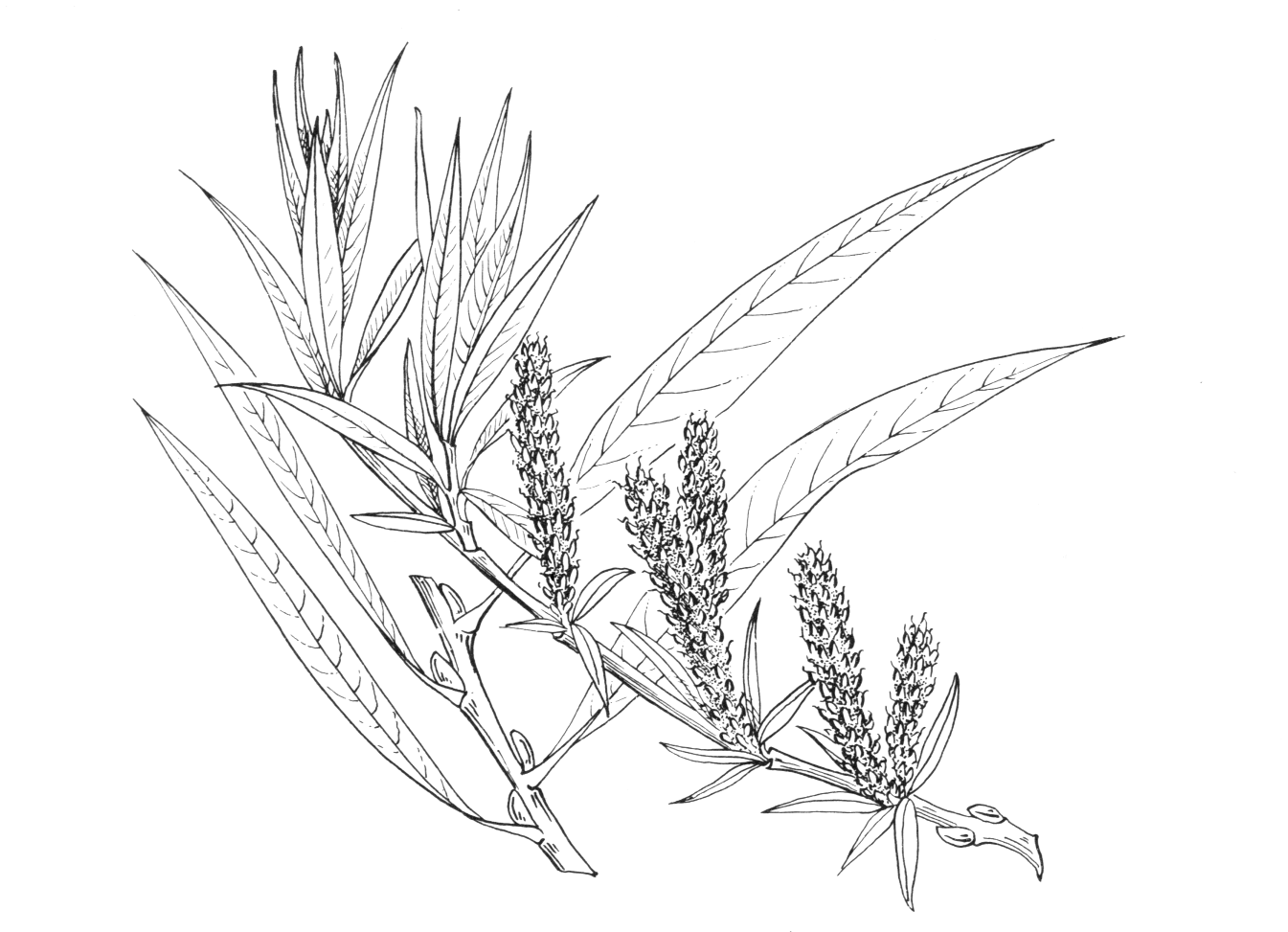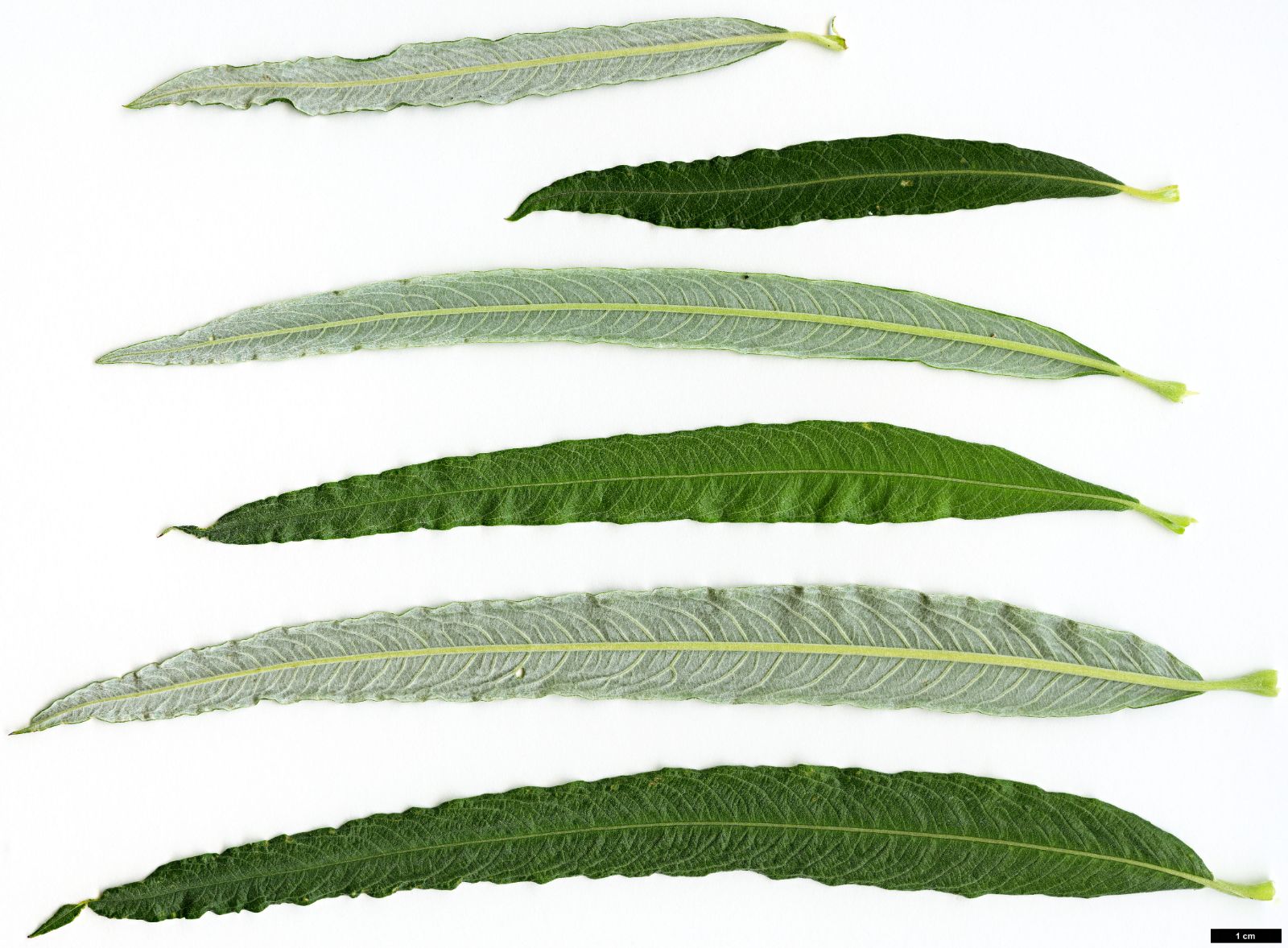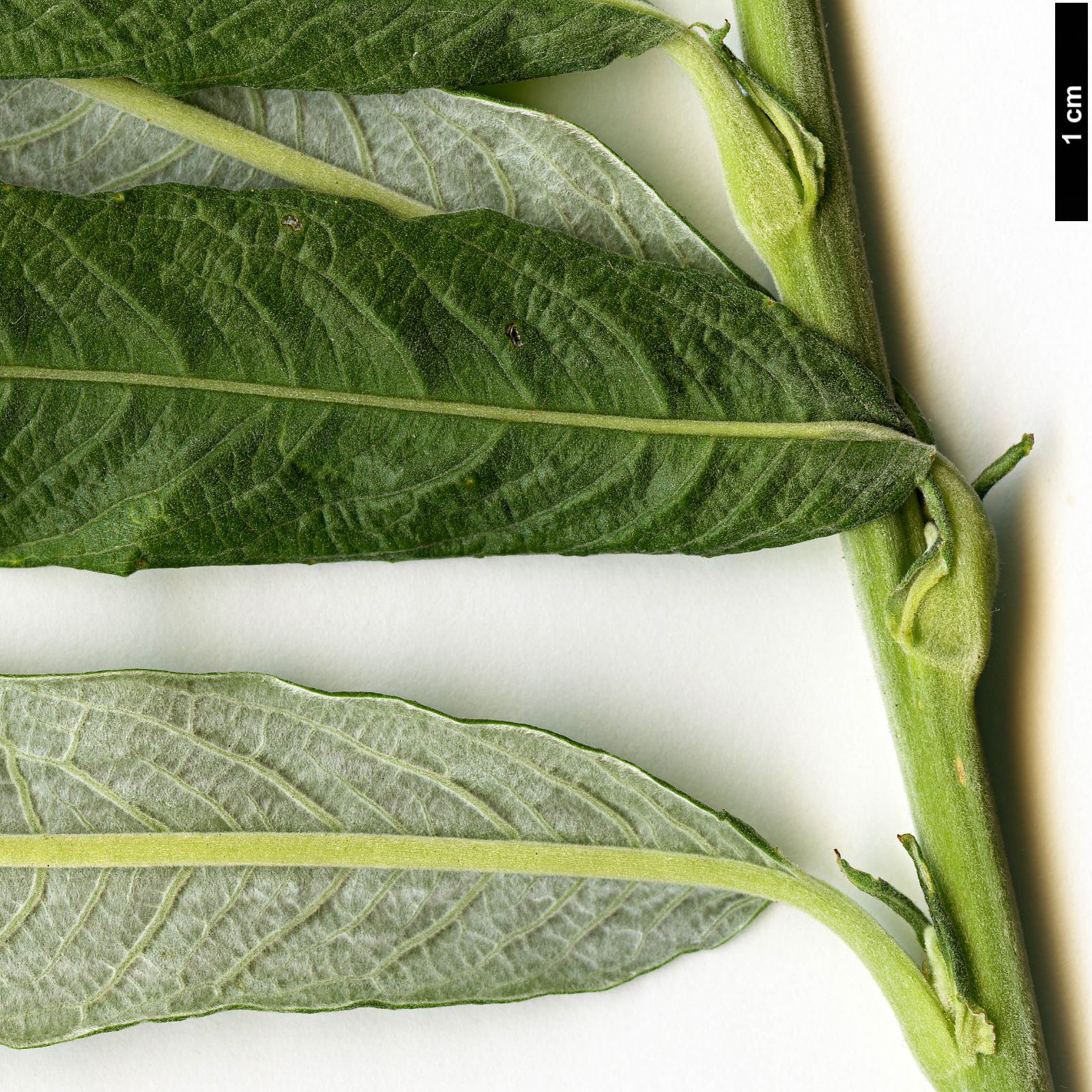Salix viminalis
Credits
Article from Bean's Trees and Shrubs Hardy in the British Isles
Recommended citation
'Salix viminalis' from the website Trees and Shrubs Online (treesandshrubsonline.
Genus
Common Names
- Common Osier
Other taxa in genus
- Salix aegyptiaca
- Salix alba
- Salix amygdaloides
- Salix arbuscula
- Salix arbutifolia
- Salix arctica
- Salix aurita
- Salix babylonica
- Salix bockii
- Salix 'Boydii'
- Salix caesia
- Salix candida
- Salix caprea
- Salix cinerea
- Salix cordata
- Salix daphnoides
- Salix discolor
- Salix elaeagnos
- Salix exigua
- Salix fargesii
- Salix fragilis
- Salix glabra
- Salix glaucosericea
- Salix gracilistyla
- Salix hastata
- Salix herbacea
- Salix hookeriana
- Salix humboldtiana
- Salix irrorata
- Salix japonica
- Salix jessoensis
- Salix lanata
- Salix lapponum
- Salix lasiandra
- Salix lindleyana
- Salix lucida
- Salix magnifica
- Salix matsudana
- Salix × meyeriana
- Salix × mollissima
- Salix moupinensis
- Salix myrsinifolia
- Salix myrsinites
- Salix myrtilloides
- Salix nakamurana
- Salix nigra
- Salix nigricans
- Salix pentandra
- Salix petiolaris
- Salix phylicifolia
- Salix purpurea
- Salix pyrenaica
- Salix pyrifolia
- Salix repens
- Salix reticulata
- Salix retusa
- Salix rigida
- Salix × rubra
- Salix sachalinensis
- Salix scouleriana
- Salix × sepulcralis
- Salix × sericans
- Salix sericea
- Salix silesiaca
- Salix starkeana
- Salix × subalpina
- Salix triandra
- Salix uva-ursi
- Salix wilhelmsiana
An erect shrub or small tree, up to 20 ft high; young shoots grey with fine down at first, becoming glabrous and yellowish later. Leaves rather erect, linear or linear-lanceolate, tapering gradually to a fine point, not toothed; 4 to 10 in. long, 1⁄4 to 1⁄2 in. wide; dull dark green and glabrous above, covered beneath with a shining, silvery grey, close down; stalk 1⁄6 to 1⁄2 in. long; midrib prominent. Catkins produced on the naked wood in March and April, up to 1 in. long, 3⁄4 in. wide; scales narrow-oblong, obtuse, hairy, brown at the tip. Stamens two, with glabrous filaments. Ovary flask-shaped, sessile or almost so, with a long slender style and about equally long, slender stigmas.
Native of most of Europe outside the Mediterranean region, on the banks of streams, rivers and lakes, on flood-plains and in marshes, but so long cultivated that its distribution as a wild plant can no longer be known for certain. In the British Isles it is thought to be genuinely native at least in southern England. Outside Europe it occurs, wild or cultivated, in northern and central Asia, and has close relatives in the Far East.
S. viminalis is one of the most important of the basket-willows. The sorts known in the trade as ‘Long Skein’, ‘Brown Merrin’ and ‘Yellow Osier’ belong to this species.
S. kinuyanagi Kimura – This willow is widely cultivated in Japan, to which it was probably introduced from Korea. It is closely allied to S. viminalis, differing in its stouter young stems and more densely arranged catkins with darker scales. Only male trees are known. This willow, as seen in the Hillier Arboretum, is very ornamental in spring when bearing its contiguous or overlapping catkins, which are ovoid or ellipsoid and about 3⁄4 in. long. S. kinuyanagi is perhaps a cultivar of S. schwerinii E. Wolf, a native of the mainland of N.E. Asia.





